Snapchat came onto the social scene in September 2011, and while it’s been around for quite some time, I’ve neglected it on this blog. I don’t have a problem with Snapchat, I’m just cautious about jumping on a new platform for the sake of doing so. I wanted to take time to understand Snapchat and how consumers use it.
After a couple recent updates though, and stats that are hard to ignore, I decided it was time to take a good, hard look at the platform. Here are the platform stats:
So let’s start at the beginning. If you aren’t familiar with the platform, Snapchat prides itself on being a “fast and easy mobile conversation”. It’s a mobile messaging app where users can take pictures, add their own text and art and then set them to expire in one to 10 seconds.
The app started off without a lot of bells and whistles: Send a photo to a friend that will eventually disappear. It’s easy to understand why it was hard for teams to grasp where they could play on such an intimate (no pun intended, sorry) platform. Since October of 2013 though, Snapchat has been making brand-friendly changes. Let’s walk through some of the changes you should know about:
October 2013- Stories
Snapchat Stories are a way to add Snaps together to create a narrative. Think flipbook. When you add a Snap to your Story, it lives for 24 hours under “Recent Updates” where friends can explore it at their leisure before it disappears. This is the key for brands: Instead of having to send a Snap to every Snapchat friend individually (and spamming them), users and brands can now add a Snap to their Story that lives for 24 hours for their entire Snapchat audience to consume.
Brands and teams can now reach the masses on Snapchat and not worry about one-on-one messaging. This update eliminates tedious work for brands, opens the door for long-form content and allows teams to push out content without annoying their fans (since fans decide if they want to view it). Here’s what a Story looks like from a team:
June 2014- Our Story
Our Story is really Snapchat’s first big step in building a community around the platform. The feature is a crowd-sourced look at live events essentially. Here’s what happens: Snapchat curates Snaps from people on-hand at selected events and turns them into a live stream for users to follow, even if they aren’t there. Users love the feature so far.
There isn’t a huge play for brands / teams with this feature (yet) because Snapchat controls the feed, but it does allow fans to help tell a team’s story. A great example of this is the College Football Live Story that Snapchat featured throughout this season:
If you are interested in learning more about Our Story and its play in sports, here’s a great article from Preston McClellan with SportingNews.
November 2014- Community Geofilters
Snapchat explains this best: Geofilters are special overlays for Snaps that can only be accessed in certain locations. Artists and designers are encouraged to use this tool to bring their one-of-a-kind style to the Snapchat community. Simply choose the geographic area you want your filter to be available in and upload an image asset. All images must be original artwork and have to be approved by the Snapchat team. Learn more here.
For some reason, I’m really taken to the idea of utilizing geofilters in sports. Think gameday buttons (old school, I know) for social:
Now teams and leagues can provide unique and fun overlays for fans attending a game. It’s a great opportunity to empower fans to share branded content. We all know that word of mouth is more powerful, even if its only 10 seconds.
Snapchat has added a lot of other features you can read on their blog, but you get the gist: Between the growing demographics and the added features, Snapchat is hard to ignore anymore. Besides the numbers and the new features, here’s why I think it’s something to consider:
- Snapchat has a very personal feel to it. If a fan “friends” your team on the platform, there’s a very good chance they have a strong affinity to the brand. The platform provides a great avenue to foster more deep and personal connections.
- Because selfies and silliness work well on the platform, Snapchat forces brands to be more human. You can’t be successful on the platform if you are trying to push a product. I love that it forces some authenticity with brands and teams.
- Snapchat has seen success in the live event space through Our Story, and I think the long-term potential with the platform and live events is huge. If Snapchat ever opens up Our Story to brands (as in they can setup a feed and curate it themselves), teams and leagues could really reap the rewards. Their success in the live event space should be enough to at least peak interest for anyone in sports.
- Users control when they interact with your brand, which I think is extremely powerful. If you have a 50 percent open rate on Stories, it’s not because fans were “served” the content on their newsfeed but because they choose to interact with your brand. Engagement on Snapchat means a lot.
- And finally, there’s this recent data wefi:
Now let’s get this straight: I’m not saying your team, league, etc. should absolutely be on the platform. I’m simply saying that if you are trying to connect with a younger audience, then you should absolutely consider it. If you decide Snapchat is a platform you want to explore, I have three main pieces of advice for you:
- Make sure your brand is willing to be fun and human. Snapchat is an extremely personal and silly platform, as mentioned earlier. There’s no room for stiffness here.
- Have access and don’t be afraid to be raw. Snapchat isn’t about fancy photos and graphics; it’s about being real (yes, I know).
- Personalities and people matter a lot on the platform. Leverage your players, student-athletes, coaches and personalities as much as possible.
Since I don’t have any actual experience running a Snapchat account for a team, I decided to lean on two of the brightest social media + sports people I know for more insight into the platform: Kelly Mosier of Nebraska and Alex Restrepo of the New Orleans Saints. Both have had success with Snapchat for their teams, so who better to give us insight? Here’s their what, why and how behind the platform:
Why do you think Snapchat has leverage in the sports industry?
Mosier: I try not to get caught up in the platform. Platforms change, they come and go, it’s the communication itself that matters. That being said, Snapchat is intriguing because it offers a different type of communication to traditional social media. It’s more personal like text messaging, and offers some interesting options for visual story telling.
Restrepo: It’s an incredibly popular app that continues to grow. It’s an app where users love showcasing where they are in the moment, and that’s something sports fans love doing.
What process do you go through before activating on a new platform? What about Snapchat appealed to you?
Mosier: Activation on a new platform basically involves weighing what the critical mass of the platform is against the energy requirements for us to be active in it. If the pay off from the size of the user base outweighs the energy required to be active in it, we’ll go all in. For Snapchat, I knew that I’d personally oversee the activity on it, so it actually took us awhile to hit the groove before feeling like it’s actually one of our platforms and not just something we’re messing around in. Short answer for you is that we’ll mess around on a lot of platforms (we’ve even done some things on Facebook’s Rooms app for instance, where there’s like maybe 6000 total users), but we hold off being super active in promotion of it until we feel like we’re natives on that platform and have a following.
Restrepo: When I first heard of Snapchat, I didn’t think much of it. I just thought it was another way to text but more and more of my friends kept talking about “I saw this on Snapchat.” So I downloaded it and tried it out personally and was amazed by the amount of contacts that I had in my phone that were already on it (about 40 people). After using it awhile, I noticed a large percentage of the snaps were from live events (concerts, sports events, festivals). I was intrigued about what a team could do with the platform but at the time they only did direct snaps and there wasn’t a “select all” button so a team account would have to go through the list and click one by one, which wouldn’t have been practical. I was already talking with Snapchat about possibly setting up an account when they announced the “my story” function. Once that came out, I really wanted to jump on board. It’s popularity, easy use, knowing the access we could get at home games on the road made me want to do it. I presented it to my bosses, talking about it’s popularity and the potential I believed it had. We were 4-0 at the time, which made it easier. If we had a losing record I would have held off.
Can you talk about the type of content you look to provide on Snapchat (and why) and the success you have seen?
Mosier: What really ended up selling me on Snapchat were the “Our Stories” that Snapchat curated. They were a really interesting way to provide to tell the story of a single event from multiple perspectives. I’m big on the idea of community, our brand is our community our community is our brand. Snapchat’s our stories really symbolize that idea. So, our content strategy is two fold. Curate “Our Story” from fans who snap their perspective to us and provide inside access with the team from their perspective to bring everyone into the same story.
Restrepo: I primarily use it on gameday. I like telling a story of how the day goes leading up to the game to help fans get excited. If we win, I like capturing players celebrating on the field or heading into the locker room. During the week (if we are winning) I will do player shout outs/interviews or some behind the scenes photos. If we are losing I don’t post much if anything on the platform. As far as numbers, we are 52,000 followers and averaging 32,000 views (I care about this number more than the followers).
What are the three biggest keys to being successful on the platform? Ready… set… go.
Mosier: 1) Act like a native (this is true for any platform). 2) Encourage people to snap at you AND do something with those snaps. 3) Learn how to draw. Seriously. I’m a terrible artist. But I’ve become obsessed with drawing corn cobs in Snapchat now.
And note, the corn cob drawings from Kelly are ah-mazing:
Restrepo: Biggest key to me is not treating it like the other social media platforms. It’s different. Think of it how users view it: A messaging app. You aren’t going to get great photography or video through the app, so try and get more up close, fun shots. Rather than taking a photo of a player being interviewed by media, wait until the interview is over and ask the player to give a shout out or take a selfie. Don’t put content on Snapchat that you have put on other platforms. Make the Snapchat content exclusive to that platform.
I try to present it as just a fan with more access. Not your typical team messaging and a lot of emoji use. Like this:
If you normally don’t get a lot of access or don’t think you can get player involvement, don’t do it. Don’t feel you have to get on it just because it’s new and popular. The platform isn’t for everybody and it’s better to not be on it then to be on it and just adding boring content. Since everything is shot through the app, test out some external lens to help give you more unique shots (like a fisheye lens).
Is Snapchat the wave of the future? Why?
Mosier: I don’t think Snapchat is going anywhere anytime soon. It’s got it’s own set of baggage, it encourages stupidity under the guise of privacy (seriously, some of the stuff people snap at us is very strange). Its origin is pretty shady. But, as it attempts to go more mainstream it isn’t going to be going anywhere overnight. Like all platforms there is stupidity to fight against, but it’s easier to fight it when you’re engaged in the platform. That’s not at all what you asked. So let me actually answer your question. Peer to peer, direct sharing IS the future, and I think Snapchat was probably the first platform in that game. People have realized that they want to be able to have finer control over who they send messages to then what traditional social media has been able to offer. Semi-private social networks, peer to peer sharing, is going to be (is already) the way to engage with the next demographic. The question from my side of the phone is how to make people who want a semi-private relationship with their social media feel like they’re part of an active community?
Restrepo: I am not sure if it’s “the wave of the future” but to me, it looks like it is here to stay. It’s continues to grow, I know like any platform they will be adding more features, making it easier for brands/teams. It’s strictly smartphone/tablet based which obviously most platforms are focusing on now. It’s mostly a younger audience (around 15-22). If you have the access and player involvement and someone who understands the platform to run, go for it!
If you still need more ideas for the platform, I’ll leave you with this great deck:
The bottom line with Snapchat is this: If you want to reach a younger audience, develop stronger relationships with your fans and have some fun, then Snapchat might just be the platform for you. Take the time to understand your “why” and then give it a go.
So, what do you think? Are you currently using Snapchat? Have you seen success? I would love to hear your thoughts, so please be sure to share them below. Thanks for reading!
A big thanks to Kelly Mozier and Alex Restrepo for sharing all their thoughts. Give them a follow on Twitter: @kmosier24 and @repo.
0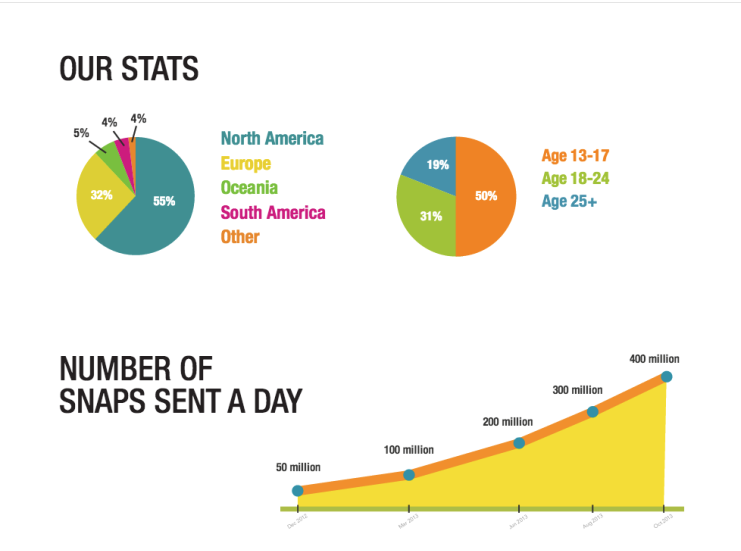
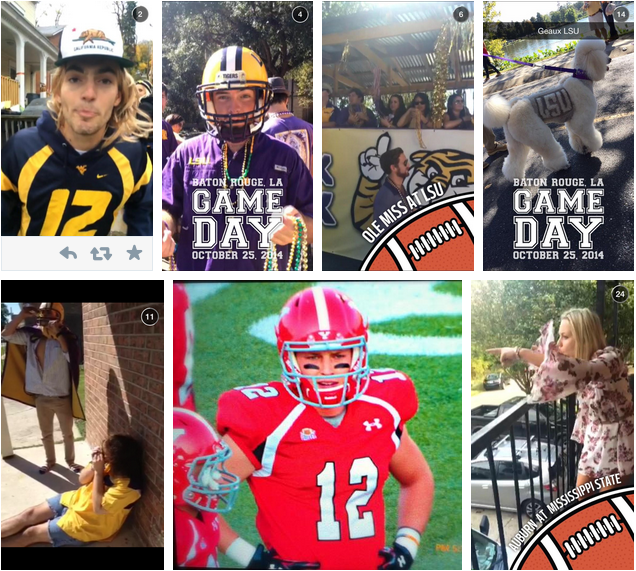
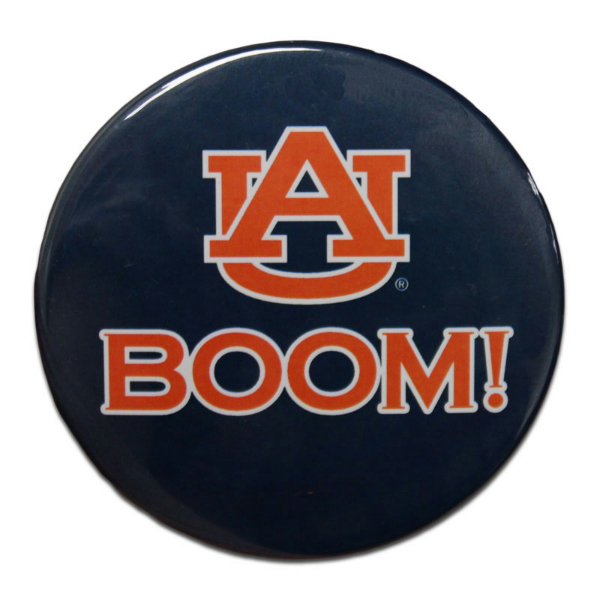
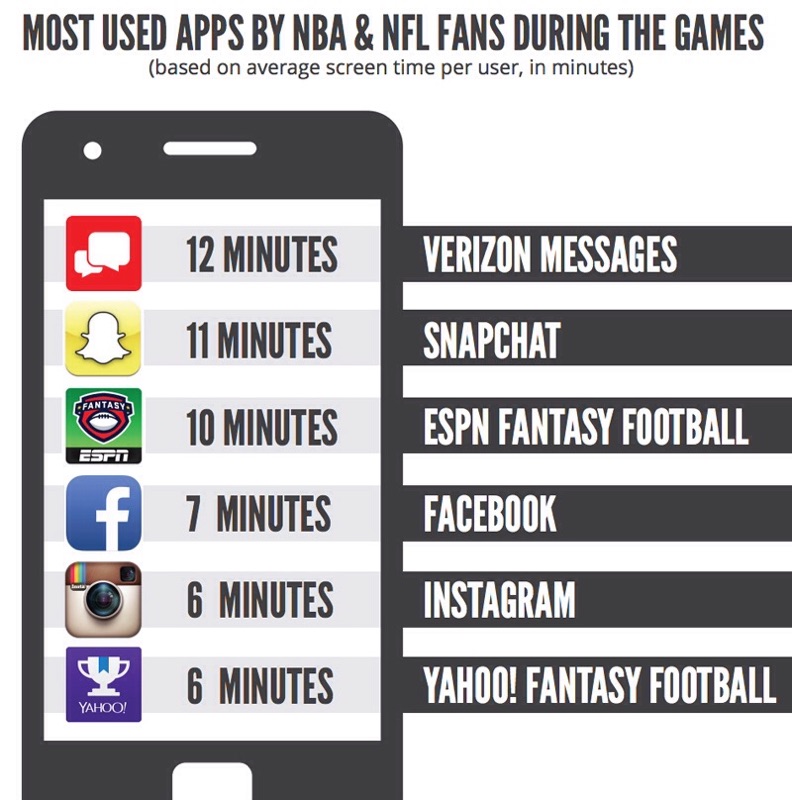
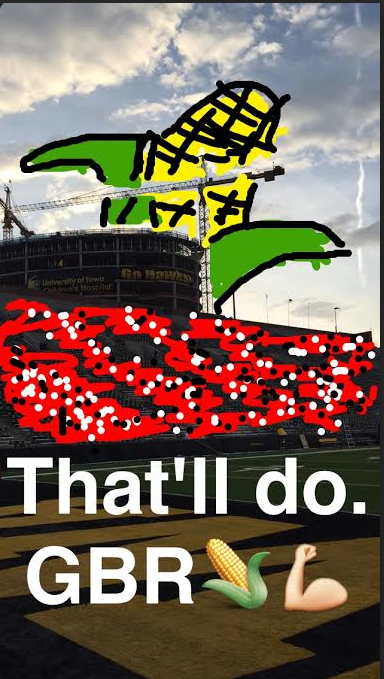
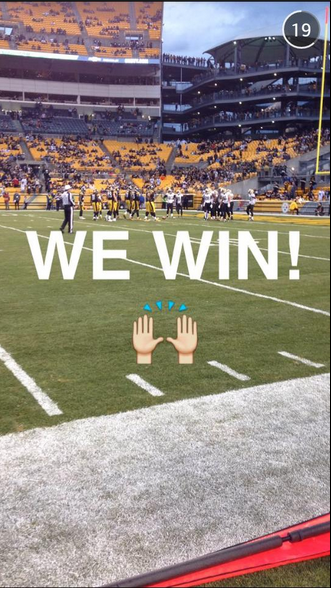
[…] Snapchat’s Our Story has proved again and again to be a big hit during live events. This game was no exception as their team curated Snaps from Arlington for the CFB Championship Story. Here’s a glimpse of the featured content: […]
[…] Smith: I consider Jessica to be one of the best curators and creators of strategic content for sports and social media – and she also features some great posts associated with latest trends, uses, and strategic […]